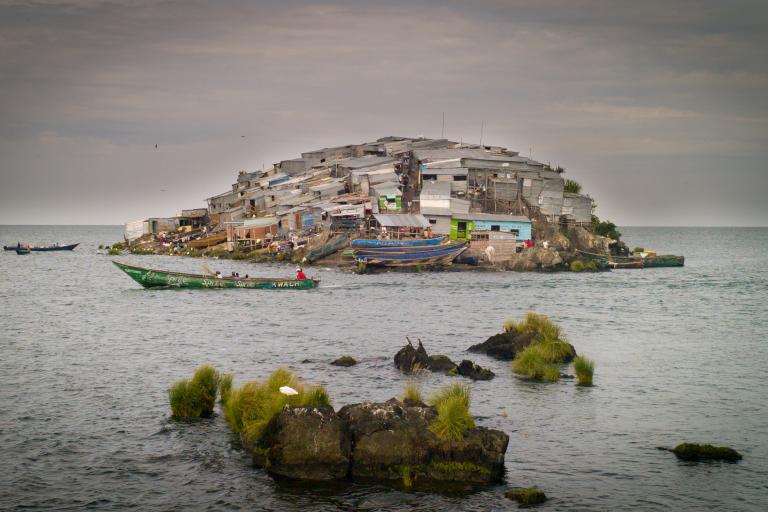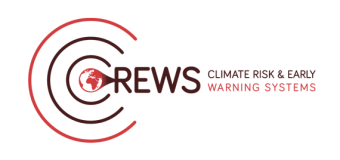Strengthening Hydro-Meteorological and Early Warning Services in the East Africa Region: CREWS East Africa

The four-year CREWS East Africa project, funding from CREWS, aims to improve Early Warning Services (EWS) in East Africa and develop the coverage of impact-based early warning services across Lake Victoria and surrounding communities to support the EAC EWS Vision 2025.
The WMO supports in particular the institutional and human capabilities of NMHSs in the East African Community (EAC) region, improving the quality and availability of observational data and facilitate international collaboration and enhance regional capacity to produce and deliver short-term and severe weather forecasts. The project also intends to strengthen impact-based Early Warning Services, enhancing observational data exchange at regional level and upgrading the Weather and Climate Data Management System, NMHSs Public Weather Services infrastructure and the capacity to generate, customize and disseminate hydrometeorological early warning services. Furthermore, the project places a strong emphasis on promoting gender inclusion and addressing the needs of vulnerable groups throughout the entire EW-EA value chain in the region.
Scope
Some expected outcomes include:
- Improved capacity of the Regional WIGOS Center (RWC) in East Africa in advancing the implementation of WIGOS within the region, providing regional coordination and technical support to Members.
- Improved quality of the regional short-range and severe forecasting guidance provided RSMCs.
- Upgraded system that generates and distributes weather information to different end users on different timescales.
- Hydrometeorological forecasting and early warning infrastructure is improved and staff are trained
- Enhanced teleconferencing facilities for communicating on EWS issues with partners and international community.
- Warning messages that are gender sensitive and meet the needs of vulnerable groups including people with disabilities, children, marginalized groups etc.
Objectives
To scale up Early Warning Services (EWS) in East Africa and improve coverage of impact-based early warning services across Lake Victoria and surrounding communities to support the EAC EWS Vision 2025.
Structure
The activities presented in this section are designed to address capacity gaps within EAC countries. They are divided between regional and national components.
- Regional component: Institutional and human capacities in regional and intergovernmental organizations to provide regional climate, weather and hydrological services to Least Developed Countries (LDCs) and Small Islands Developing States (SIDs) increased.
- Improving regional services to support countries to provide effective EW.
Strengthening regional coordination and cooperation for effective EWS and climate services.
- National component I: Strengthen impact-based Early Warning Services and targeted climate services in Kenya, Tanzania, Rwanda, Uganda, Burundi and South Sudan.
- Improve access to data at the national and regional level to strengthen capabilities of NMHSs for scaling up EWS activities.
Enhanced capacity of NMHSs to provide forecasts and warnings.
- National component II: Strengthening national capabilities in Burundi.
Institutional development.
- National component III: Strengthening national capabilities in South Sudan.
Institutional development.
- National component IV: Improved integration of gender and vulnerable groups across the EW-EA value chain.
- Gender-sensitive and vulnerable people inclusive (incl. those with disabilities, children, migrants, marginalized minorities, etc.) guidance and capacity building programmes provided.
Background
East Africa has a diverse terrain and climate with a wide range of vegetation landscapes, biodiversity and human occupations. There has been a substantial increase in climate and weather-related impacts which further exposes the region around Lake Victoria to a slew of natural hazards such as floods, droughts, landslides, severe weather events. These major weather-related shocks lead to loss of life and major economic damages for shoreline communities. These impacts are projected to increase with climate change and there is a strong consensus for regional, operational warning systems to protect the safety of those exploiting the natural resources of the LVB.
- Region:
- Region I: Africa

- Climate Resilience and Adaptation
- Disaster Risk Reduction
- WMO Integrated Global Observing System
- Capacity Development







